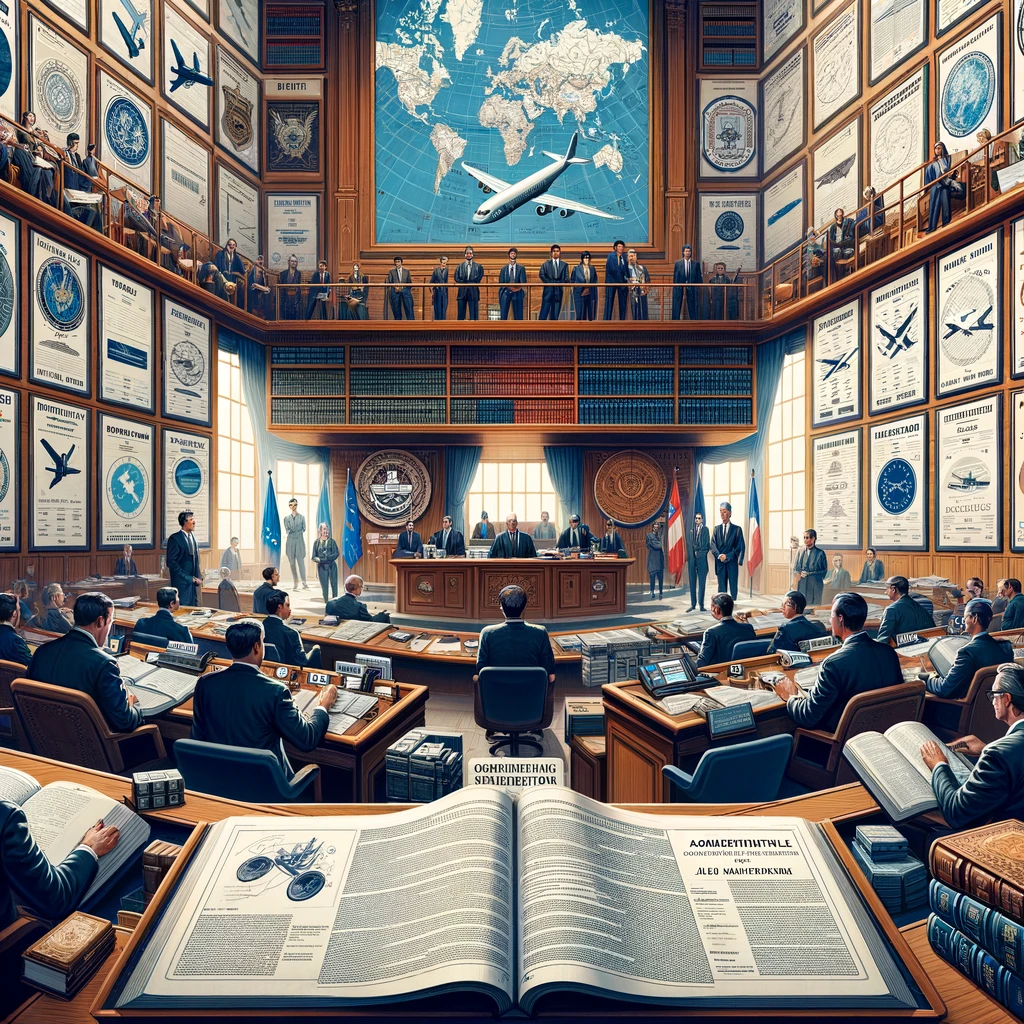As drone technology continues to evolve, the concept of “x-ray drones”-unmanned aerial vehicles equipped with x-ray imaging equipment-raises complex legal and regulatory questions. While aviation law does not currently provide a specific, formal definition for x-ray drones, their potential use intersects multiple legal domains.
This is how such drones might be understood and regulated under existing aviation and radiation safety laws.
🛩️ How Are Drones Defined in Aviation Law?
Under aviation law, drones (UAVs or UASs) are defined as aircraft operated without a human pilot onboard. Regulatory authorities such as the Federal Aviation Administration (FAA) in the United States and the European Union Aviation Safety Agency (EASA) oversee drone use, enforcing rules that cover:
- Registration and identification
- Operational limits (e.g., altitude, airspace, line-of-sight)
- Remote pilot licensing
- Privacy and safety obligations
The legal framework for drones is primarily focused on airspace safety, security, and public risk minimization.
☢️ What Is X-Ray Technology in Aviation?
X-ray technology in aviation is traditionally used for:
- Baggage and cargo screening
- Aircraft structural inspections
- Security scanning at airports
Its use is governed by radiation protection laws, which vary by country. These laws usually include:
- Licensing of radiation-emitting devices
- Operator qualifications and training
- Shielding and safety distance requirements
- Regulatory oversight by health and radiation authorities
Because x-rays are classified as ionizing radiation, they are tightly regulated to prevent health risks to humans and animals.
🛰️ What Would an “X-Ray Drone” Be?
An x-ray drone would be a UAV equipped with x-ray scanning or imaging capabilities. Its applications could include:
- Non-destructive testing of airport infrastructure (e.g., runway cracks, hangars, pipelines)
- Cargo and container inspection at height or in remote areas
- Security surveillance in critical aviation zones
- Emergency response, e.g., post-crash assessments or disaster area scans
Such use cases would bring the drone under dual regulation:
- Aviation laws governing UAVs
- Radiation safety regulations governing x-ray equipment
⚖️ Legal Implications and Regulatory Challenges
1. Airspace and Drone Operation Laws
Operators of x-ray drones would need to follow standard UAV laws, which may include:
- Airspace access restrictions
- Permissions for operating near sensitive infrastructure
- Special waivers for BVLOS (beyond visual line of sight) or automated flight
2. Radiation Safety Compliance
Because of the radiation risk, x-ray equipment on drones may require:
- National or regional radiation licensing
- Certification for drone-mounted systems
- Controlled operating zones (e.g., restricted areas during flight)
- Real-time monitoring of radiation exposure levels
Failure to comply could result in civil or criminal liability, especially if public exposure is involved.
3. Privacy and Data Protection
If x-ray drones are capable of imaging through walls, containers, or vehicles, their operation might intersect with privacy laws. Operators may be subject to:
- GDPR (in the EU) or state-level privacy laws (e.g., in California)
- Local laws on public surveillance or covert imaging
- Data storage, anonymization, and purpose limitation requirements
🔍 Is There a Legal Definition of “X-Ray Drone”?
No. As of 2025, there is no formal definition of “x-ray drone” in international or domestic aviation law.
However, if such systems are deployed, they would likely be regulated through:
- Existing UAV frameworks (such as FAA Part 107 or EASA’s UAS regulation)
- Radiological control laws (like the U.S. NRC, EU Basic Safety Standards Directive, or local health regulations)
- Additional approvals for dual-use technology, especially if military or surveillance capabilities are involved
📌 Summary: Where Law Meets Innovation
| Aspect | Legal Area | Regulation Example |
|---|---|---|
| Drone Operation | Aviation Law | FAA Part 107 / EASA UAS Reg |
| X-Ray Usage | Radiation Protection | NRC, EU BSS Directive |
| Privacy/Data | Data Protection Law | GDPR, CCPA |
| Cross-border Use | Export/Defense Controls | Dual-use regulations |
Final Thought
X-ray drones do not yet have a standardized legal classification, but any attempt to deploy such technology would trigger multi-layered regulatory scrutiny. Operators, manufacturers, and regulators must work collaboratively to ensure these systems are:
- Safe
- Compliant
- Privacy-respecting
- Technically certified
As drone capabilities expand into sensitive domains like radiography, the law will need to evolve to manage both the promise and the risk.

